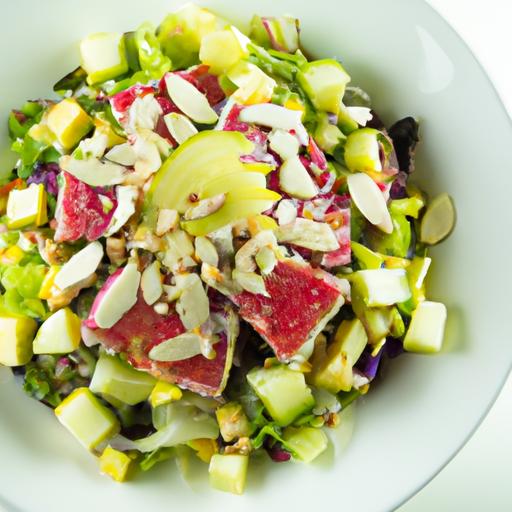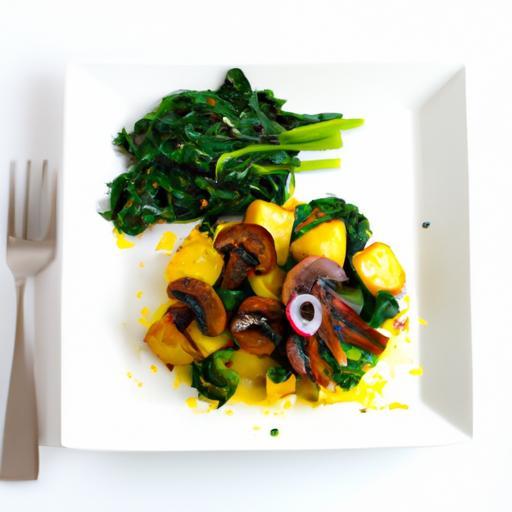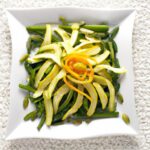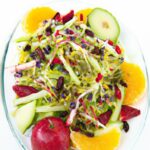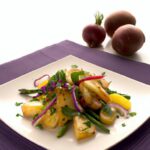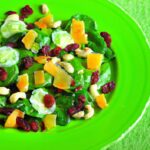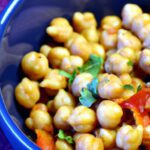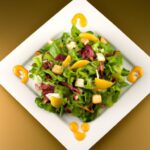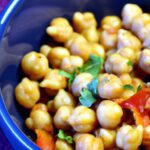In a world overflowing with food choices, the real challenge isn’t just eating-it’s eating well. Imagine fueling your body with meals so rich in vitamins, minerals, and antioxidants that every bite feels like a step toward vibrant health. Welcome to the art and science of nutrient-dense eating, where flavor meets function and every plate becomes a powerful ally in your wellness journey. In this article, we’ll unlock the secrets to boosting your diet with foods that don’t just fill you up-they lift you up. Get ready to transform your meals into nutrient-packed masterpieces and discover how small shifts can lead to big health rewards.
Boost Your Diet: Secrets to Nutrient-Dense Eating begin with embracing foods rich in vitamins and minerals that fuel your body optimally. By weaving superfoods into your meals, you can enhance nutrient absorption and elevate the quality of every bite. This recipe highlights a vibrant Quinoa & Kale Superfood Bowl, embodying the essence of nutrient density, simple meal planning, and smart cooking tactics to maximize health benefits.
Prep and Cook Time
Prep time: 15 minutes | Cook time: 20 minutes | Total time: 35 minutes
Yield
Serves 4 hearty portions
Difficulty Level
Easy – perfect for beginners eager to boost nutrition effortlessly
Ingredients
- 1 cup organic quinoa, rinsed and drained
- 2 cups low-sodium vegetable broth
- 3 cups chopped kale, stems removed
- 1 medium avocado, sliced
- 1 cup roasted chickpeas, seasoned with smoked paprika
- 1/2 cup diced red bell pepper
- 1/4 cup toasted pumpkin seeds
- 2 tbsp extra-virgin olive oil
- 1 tbsp fresh lemon juice
- 2 cloves garlic, minced
- 1 tsp ground turmeric
- Salt and freshly ground black pepper, to taste
- Optional: 2 tbsp nutritional yeast for a cheesy flavor boost
Instructions
- Cook quinoa: In a medium saucepan, combine rinsed quinoa and vegetable broth. Bring to a boil, reduce heat, cover, and simmer for 15 minutes or until liquid is absorbed. Fluff with a fork and set aside to cool.
- Sauté kale: Heat 1 tablespoon olive oil in a large skillet over medium heat. Add minced garlic and sauté until fragrant, about 30 seconds. Add chopped kale, a pinch of salt, and turmeric. Cook for 5 minutes until kale is tender but still vibrant green. Remove from heat.
- Prepare roasted chickpeas: If not pre-roasted, toss chickpeas with olive oil, smoked paprika, salt, and pepper. Roast in a preheated oven at 400°F (200°C) for 15 minutes until crunchy.
- Assemble the bowl: Divide quinoa evenly between four bowls. Top with sautéed kale, roasted chickpeas, diced red bell pepper, avocado slices, and pumpkin seeds.
- Dress: Drizzle fresh lemon juice and remaining olive oil over each bowl. Sprinkle nutritional yeast if using for extra flavor and nutrients.
- Garnish: Finish with a pinch of black pepper or chili flakes for a mild kick.
Tips for Success
- To enhance nutrient absorption, pair vitamin C-rich red bell pepper with iron-rich kale; the citrusy lemon juice also helps your body absorb iron effectively.
- Make-ahead: Prepare quinoa and roast chickpeas in advance and store them refrigerated for up to 3 days to speed up meal prep.
- Substitute kale with spinach or swiss chard if preferred, but note the slight change in cooking time and flavor.
- For a complete protein boost, add a soft-boiled egg or grilled chicken breast on top.
- Use freshly squeezed lemon juice instead of bottled for a brighter taste and higher vitamin C content.
Serving Suggestions
Serve this nutrient-dense bowl warm or at room temperature, perfect for lunch or a revitalizing dinner. Garnish with extra roasted pumpkin seeds and a wedge of lemon on the side. For a Mediterranean twist, add a dollop of hummus or crumbled feta cheese. Pair with a crisp iced green tea infused with mint to complement the freshness and maximize hydration.
| Nutrient | Per Serving |
|---|---|
| Calories | 420 kcal |
| Protein | 16 g |
| Carbohydrates | 45 g |
| Fat | 15 g |

For more nutrient-packed meal ideas, check out our Ultimate Superfood Salads Guide. Want to explore the science behind nutrient density in foods? Visit The British Nutrition Foundation for reliable insights.
Q&A
Q&A: Boost Your Diet – Secrets to Nutrient-Dense Eating
Q1: What exactly is nutrient-dense eating?
A: Nutrient-dense eating means filling your plate with foods that pack a powerful punch of vitamins, minerals, antioxidants, and other vital nutrients-all while being relatively low in calories. Think of it as choosing quality over quantity, where every bite counts towards fueling your body for optimal health.
Q2: Why should I care about nutrient density in my diet?
A: It’s simple-nutrient-dense foods maximize your nutritional intake without excess calories, helping you maintain energy, support your immune system, and prevent chronic diseases. This approach transforms your meals into wellness boosters rather than mere calorie sources.
Q3: Can you give examples of nutrient-dense foods?
A: Absolutely! Leafy greens like kale and spinach, vibrant berries, colorful peppers, nuts and seeds, fatty fish such as salmon, whole grains, and legumes are nutritional superheroes. They provide a spectrum of essential nutrients that keep you vibrant and thriving.
Q4: How do I start incorporating more nutrient-dense foods into my meals?
A: Begin small-swap out processed snacks for fresh fruit, add a handful of spinach to your morning smoothie, or include a side of steamed veggies with dinner. Gradually layering in these nutrient-packed foods makes it easier to sustain long-term healthy habits.
Q5: Are nutrient-dense foods always expensive or hard to find?
A: Not at all! While some superfoods may carry a premium, many nutrient-rich options like beans, eggs, frozen vegetables, and seasonal produce are budget-friendly and widely accessible. Planning and creativity can turn nutrient-dense eating into an affordable lifestyle.
Q6: How does nutrient density affect weight management?
A: Nutrient-dense foods tend to be rich in fiber and water, which help you feel full and satisfied longer. By choosing these over calorie-dense, nutrient-poor options, you naturally reduce overeating, supporting healthy weight maintenance or loss without deprivation.
Q7: Any secret tips to boost nutrient absorption from my food?
A: Yes! Pairing fat-soluble vitamins (found in colorful veggies) with healthy fats like olive oil or avocado can enhance absorption. Additionally, varying your diet and eating whole foods in their natural form often improves nutrient uptake.
Q8: How does nutrient-dense eating impact mental health?
A: A nutrient-rich diet nurtures your brain with omega-3s, B vitamins, antioxidants, and minerals, which can improve mood, memory, and cognitive function. Eating well isn’t just good for the body-it’s a brain booster too!
Q9: Can I enjoy treats and still eat nutrient-dense?
A: Absolutely! Nutrient-dense eating isn’t about perfection; it’s about prioritizing nourishing choices most of the time. Enjoy your favorite treats mindfully and see them as occasional celebrations rather than everyday staples.
Q10: Where do I go from here to sustain nutrient-dense eating?
A: Start by exploring new recipes, shopping with a nutrient-focused grocery list, and tuning into your body’s needs. By making small, consistent changes, nutrient-dense eating becomes a deliciously sustainable way to boost your health every day.
Key Takeaways
In the quest for a healthier, more vibrant life, embracing nutrient-dense eating is your secret weapon. By choosing foods rich in vitamins, minerals, and antioxidants, you’re not just filling your plate-you’re fueling your body’s full potential. Remember, every colorful bite is an investment in energy, vitality, and well-being. So, let your meals be a celebration of nutrition, where taste meets purpose, and every nutrient-dense choice brings you one step closer to the best version of yourself. Here’s to boosting your diet-and your life-with the power of truly nourishing foods!